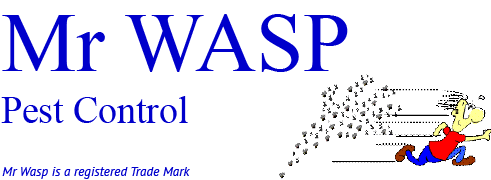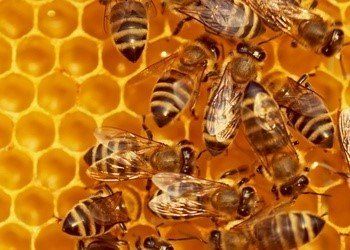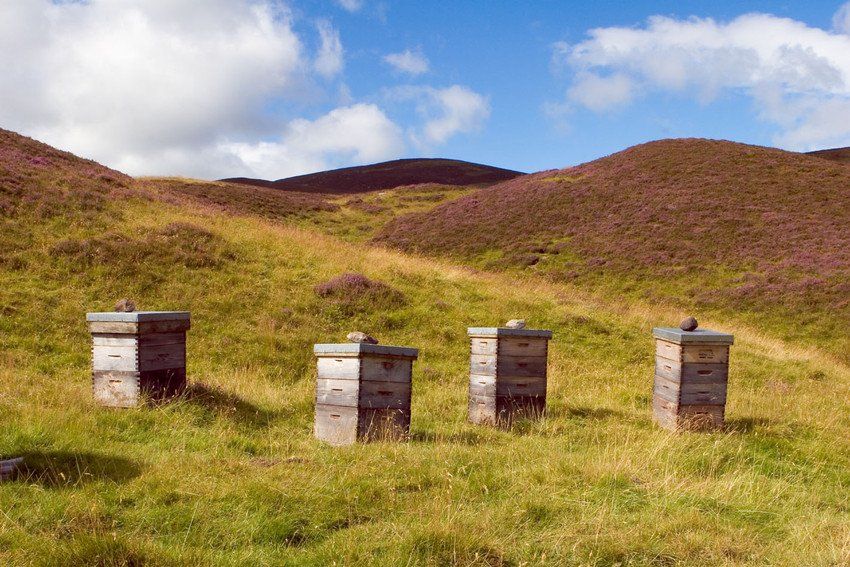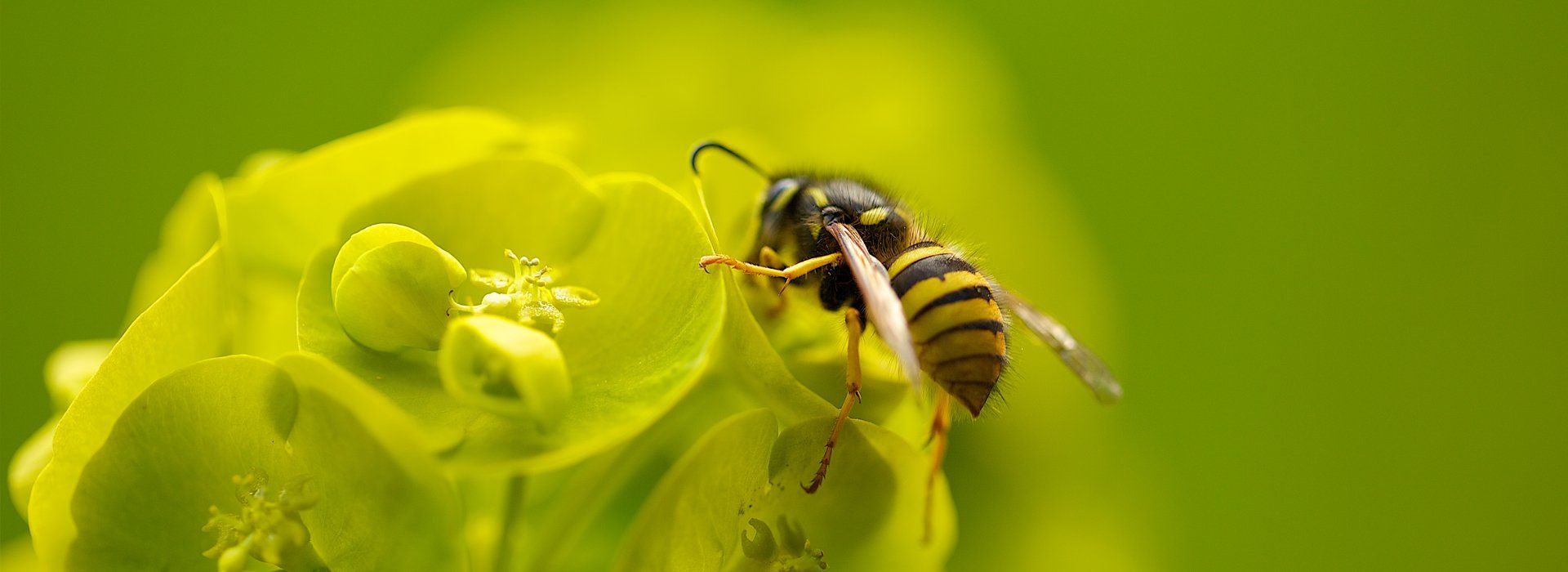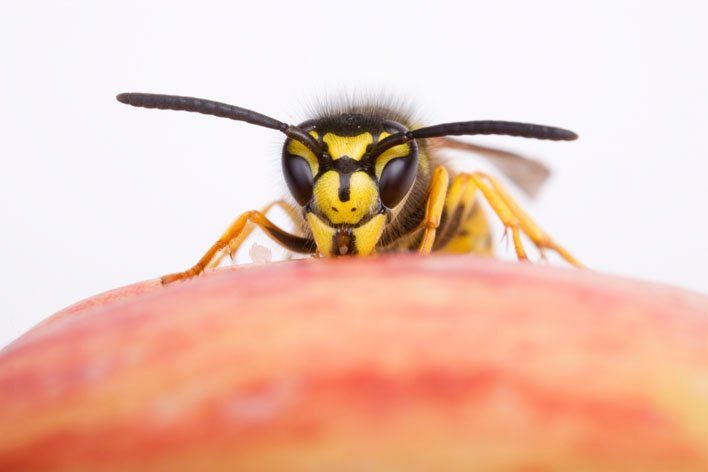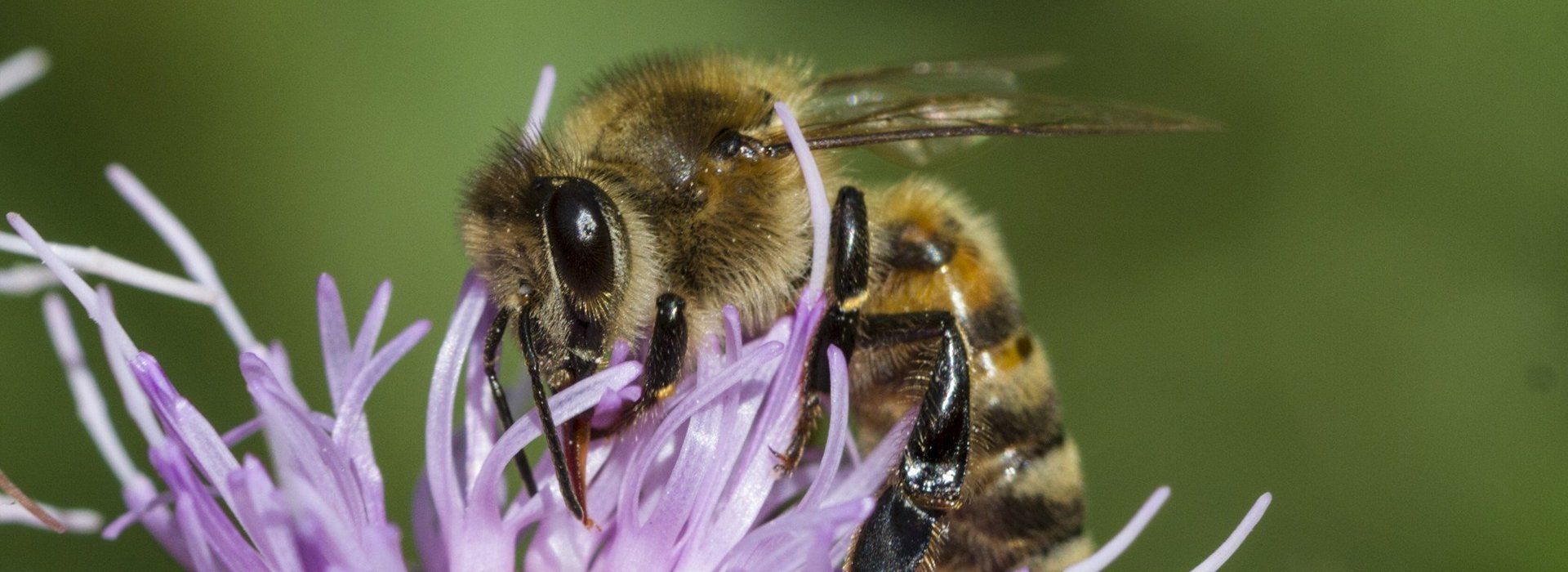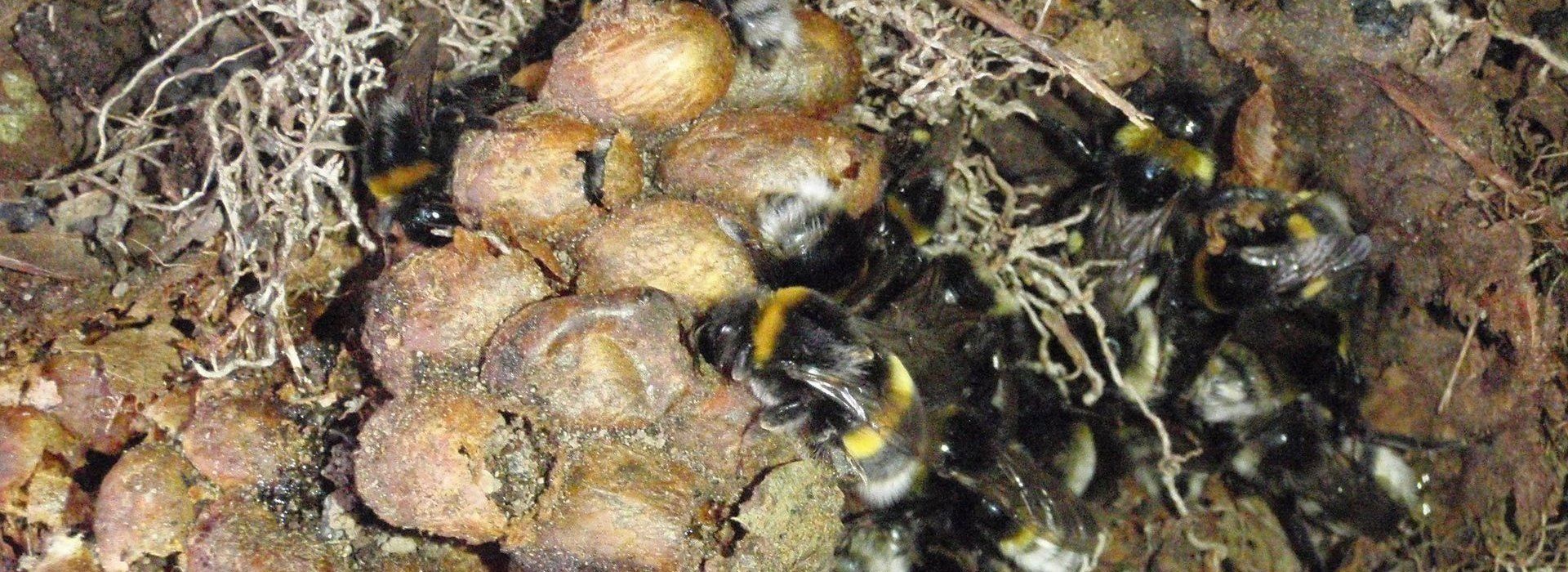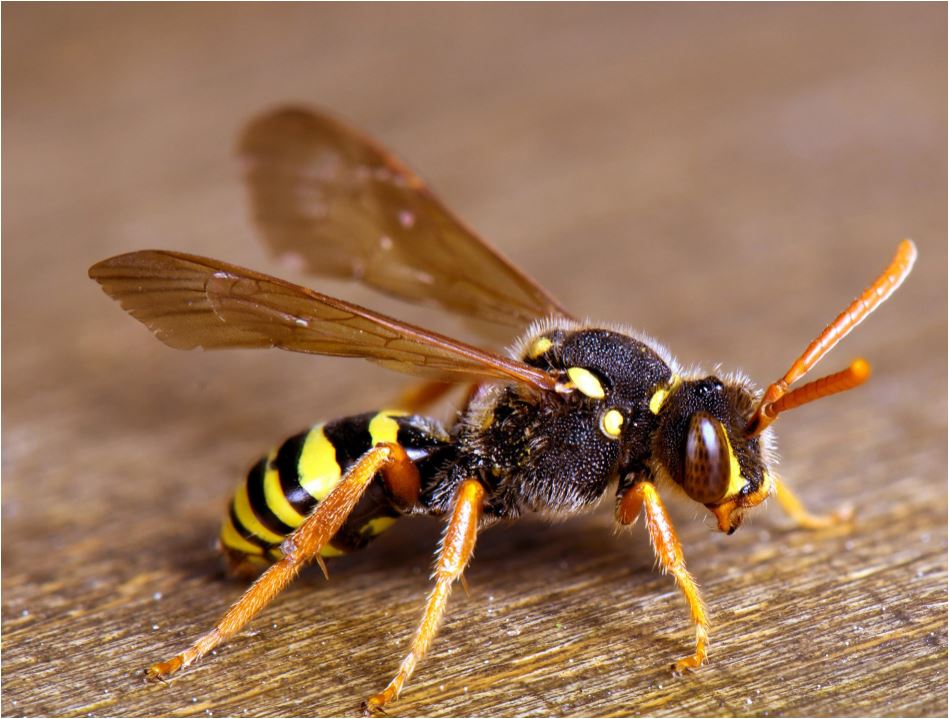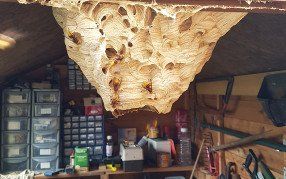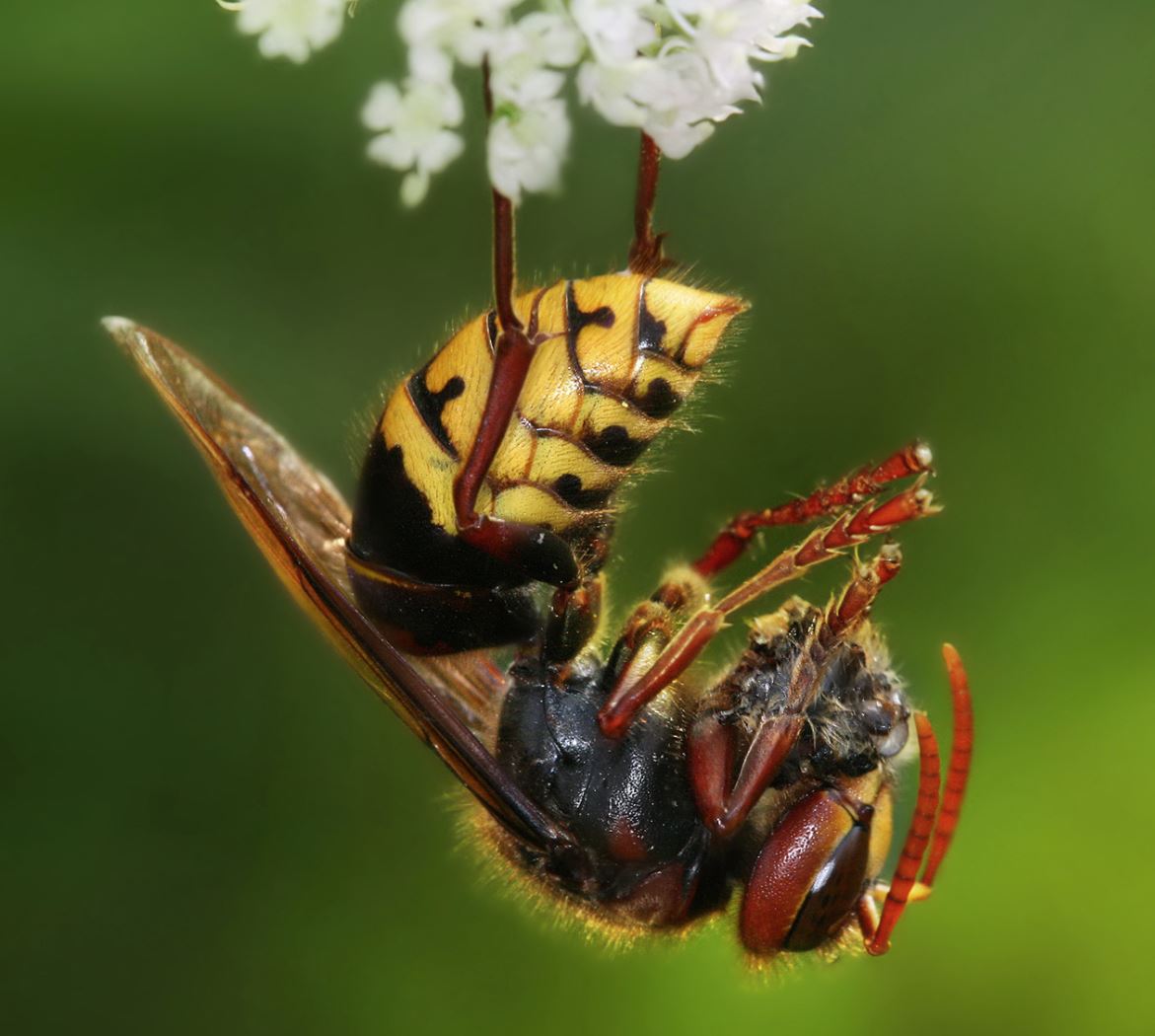How Do Bees Make Honey?
Honey is the perfect topping for porridge or even as a natural sweetener in hot drinks, but not many of us actually know how its made. Although honey bees only live for around six weeks, they work tirelessly to produce honey taking around 22,700 trips to fill one jar full of honey. As the only insects to produce food for humans, these little creatures do a lot more for us than we may realise.
To learn more about the process of making honey, this blog will provide a fascinating insight into the work of bees.
Not all species of bees live in hives, but for honey bees, this is essential for the production of honey. Within a bee colony, everyone has their own distinct role. The scout bee is in charge of finding an appropriate place to build the hive, they will consider the size of the entrance and distance from the ground before uprooting the colony. Queen honey bees can live for as long as five years, whereas worker bees tend to have a life expectancy of around six weeks and drone bees much shorter.
As the weather begins to warm up, bees will start on foraging on flowers in search of nectar. This is done by the foraging worker bees while the male bees and the queen honey bee stay in the nest. Foraging will usually be done within a four-mile radius of the nest.
Bees will extract nectar from flowers using their tube-shaped tongue and whatever is collected is then stored in it’s extra stomach or ‘crop’. While the bees move around the nectar will mix with the enzyme inside of the bee which helps to transform the nectar’s PH levels - therefore making it a lot more suitable for long term storage.
Once a honeybee has returned to their hive, the nectar they have been carrying is deposited into the honeycomb which are the hexagon shaped cells within the nest. Bees will then fan their wings to speed up the evaporation process and remove the extra water within the liquid. When most of this has been removed, the comb will be sealed with a special liquid that is secreted from their abdomen and eventually hardens into beeswax. This stage indicates to the beekeeper that the honey is ready to be harvested, they will then ‘uncap’ the honey by removing the wax from the surface allowing them to access the runny honey.
Mr Wasp , based in South Wales, is the professional pest control service for bees, wasps and hornets. While we appreciate the work of the honey bee and support practical ways of preventing their extinction, we also recognise that it can be unsettling and unsafe if they build their nest in your home or workplace. Using effective methods, our expert team are on hand to help you 24/7. For more information contact us today.
